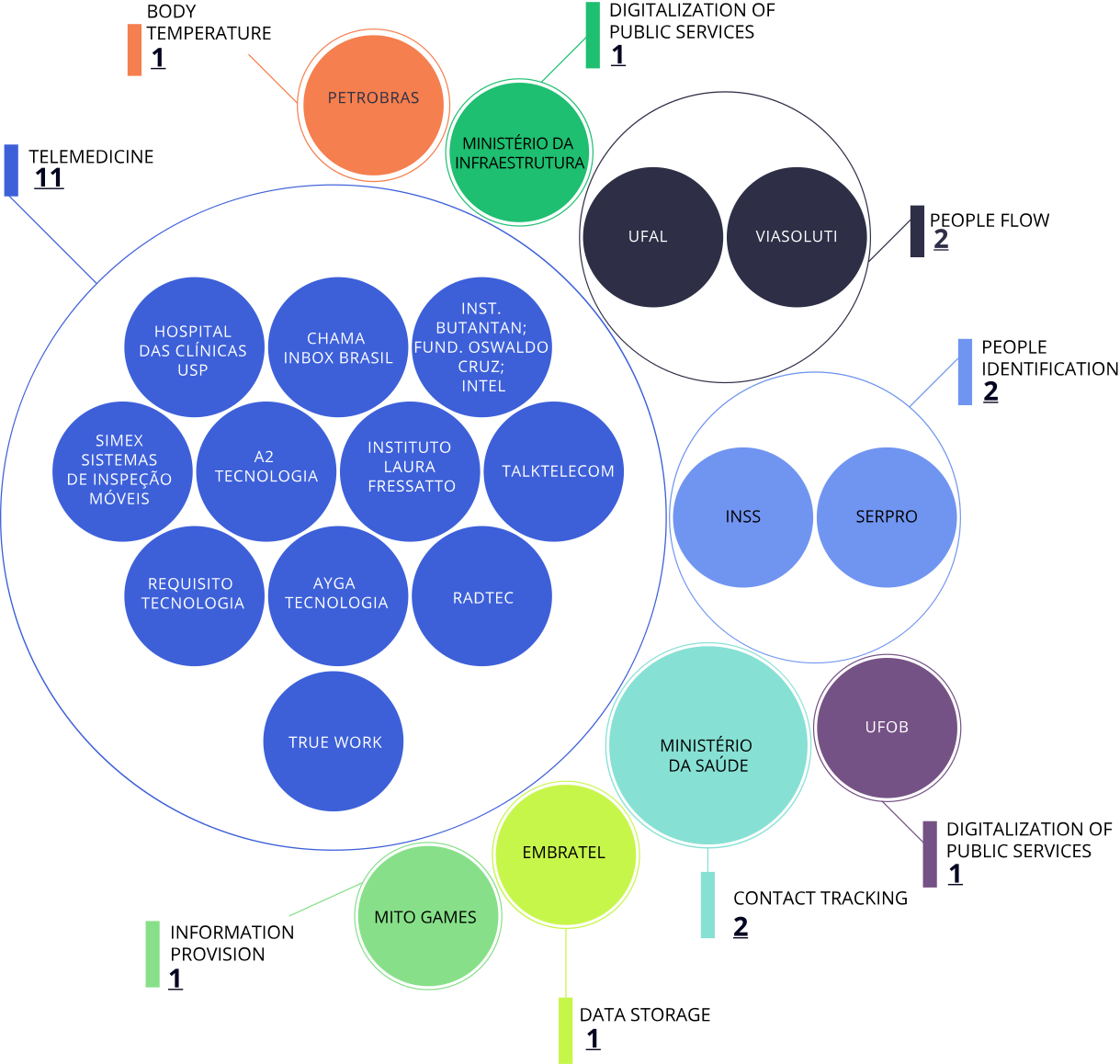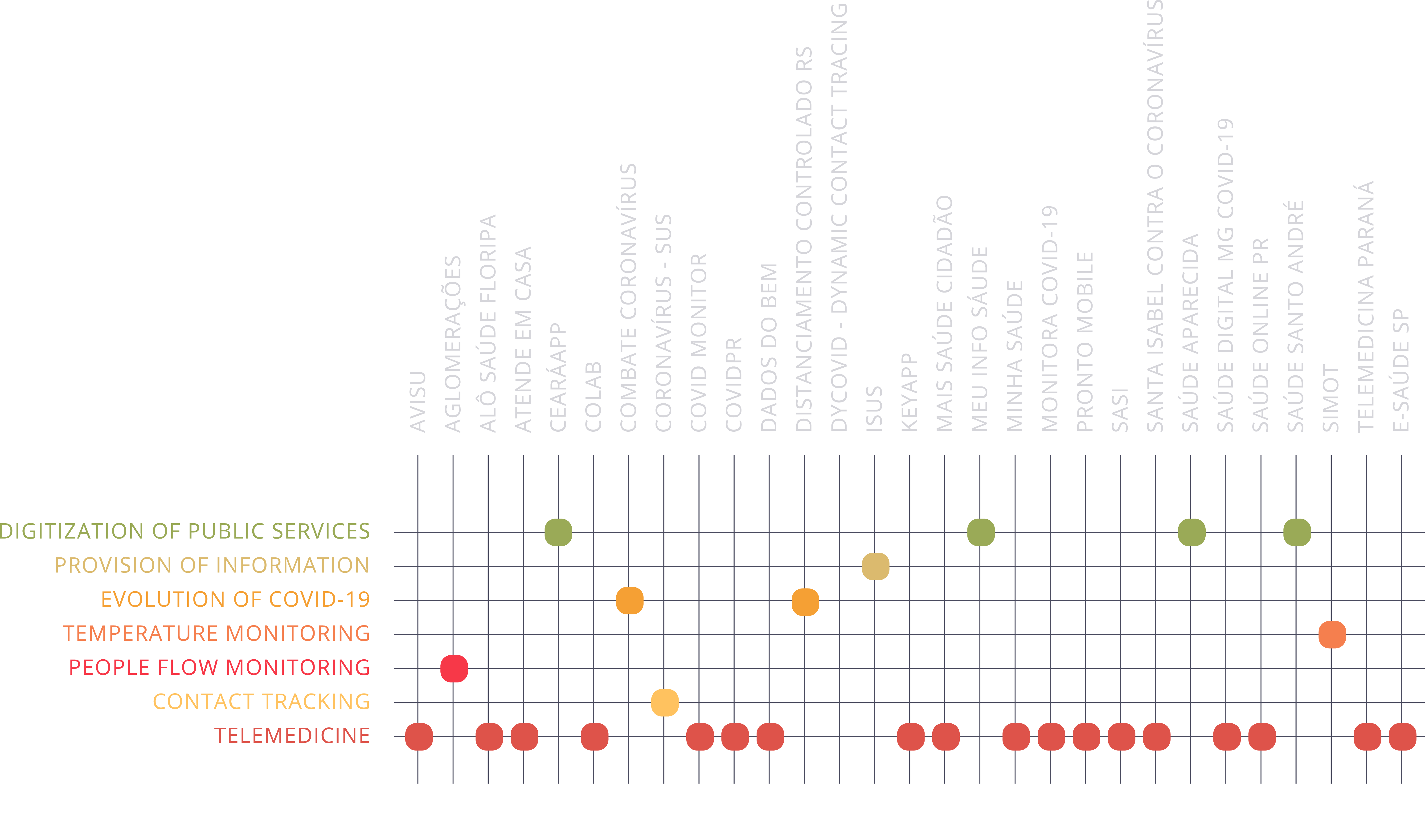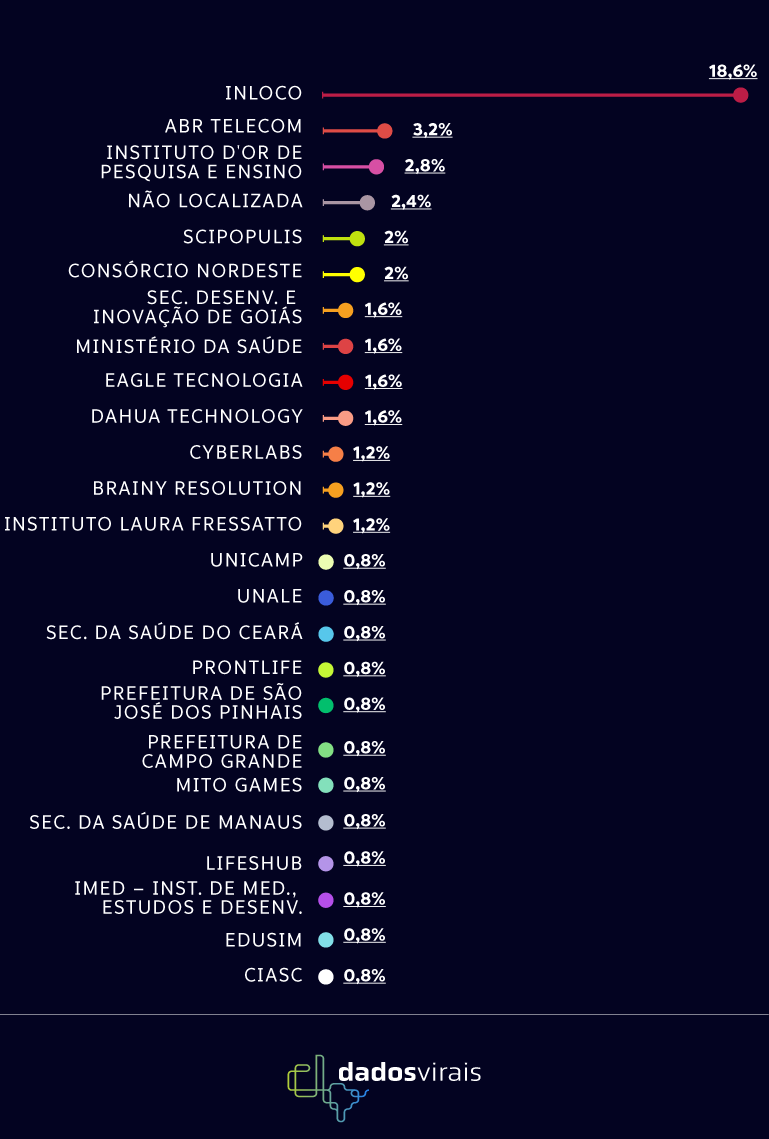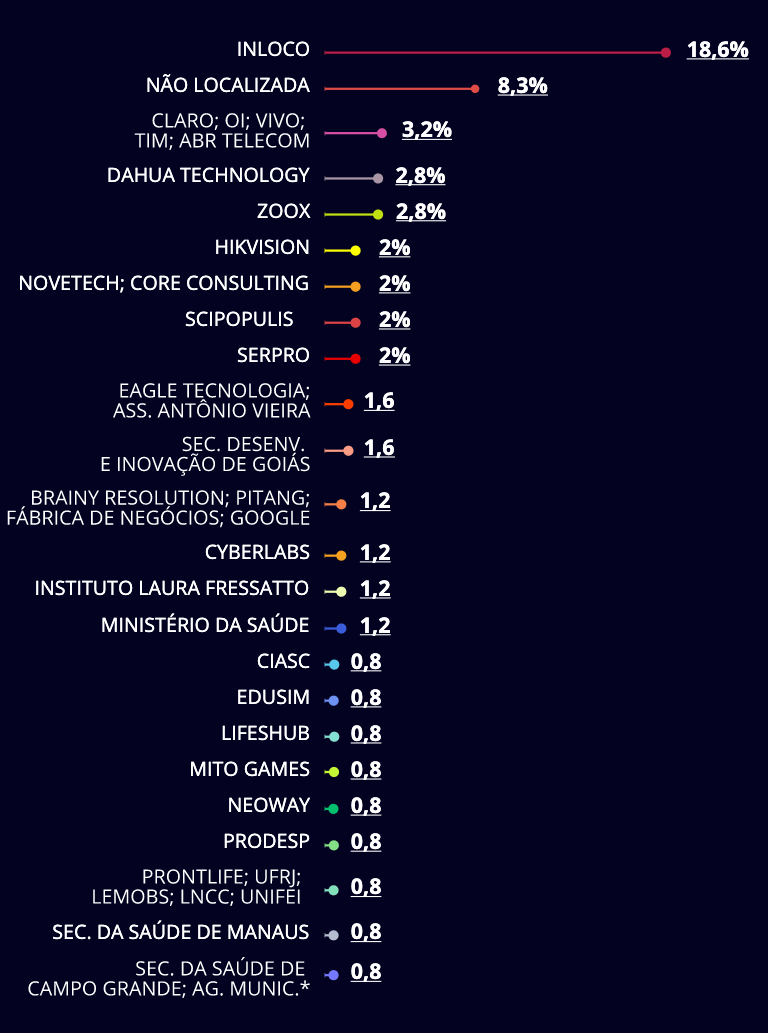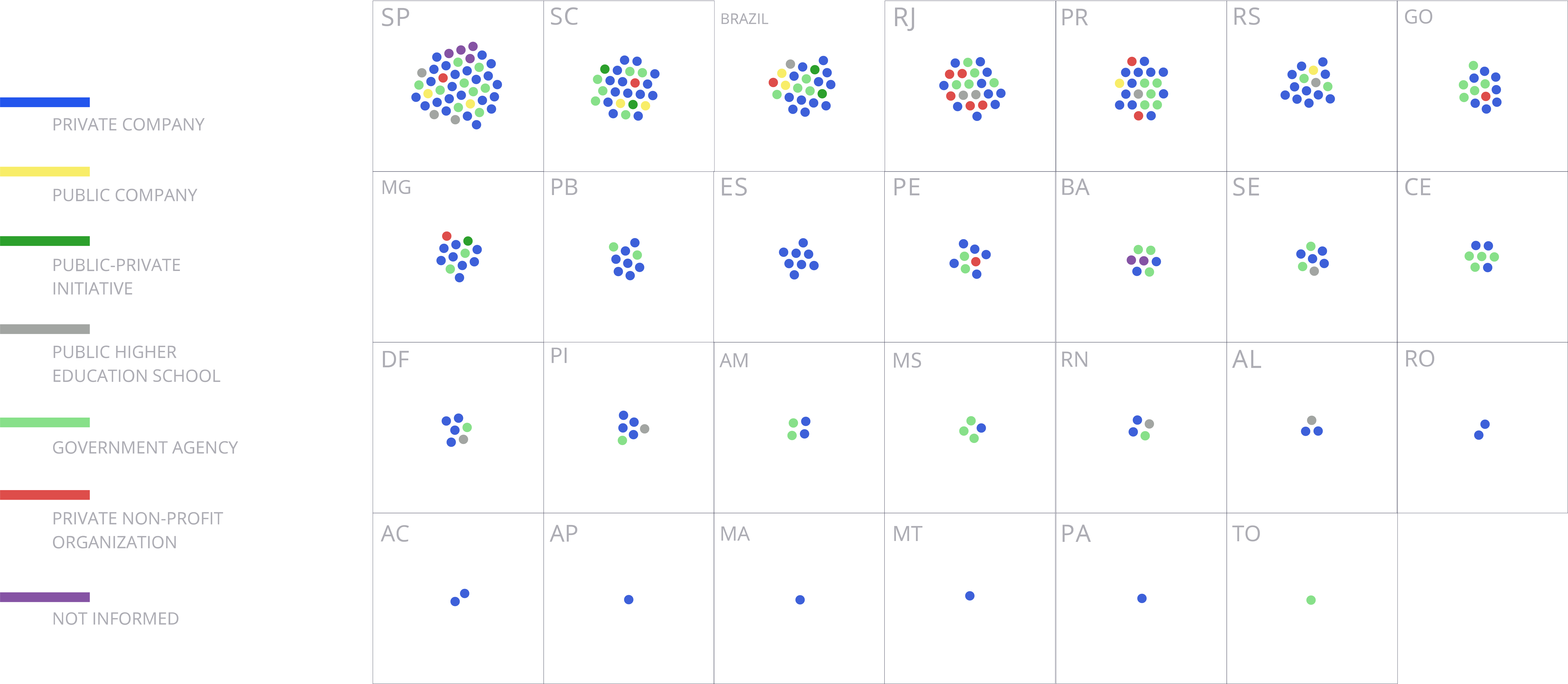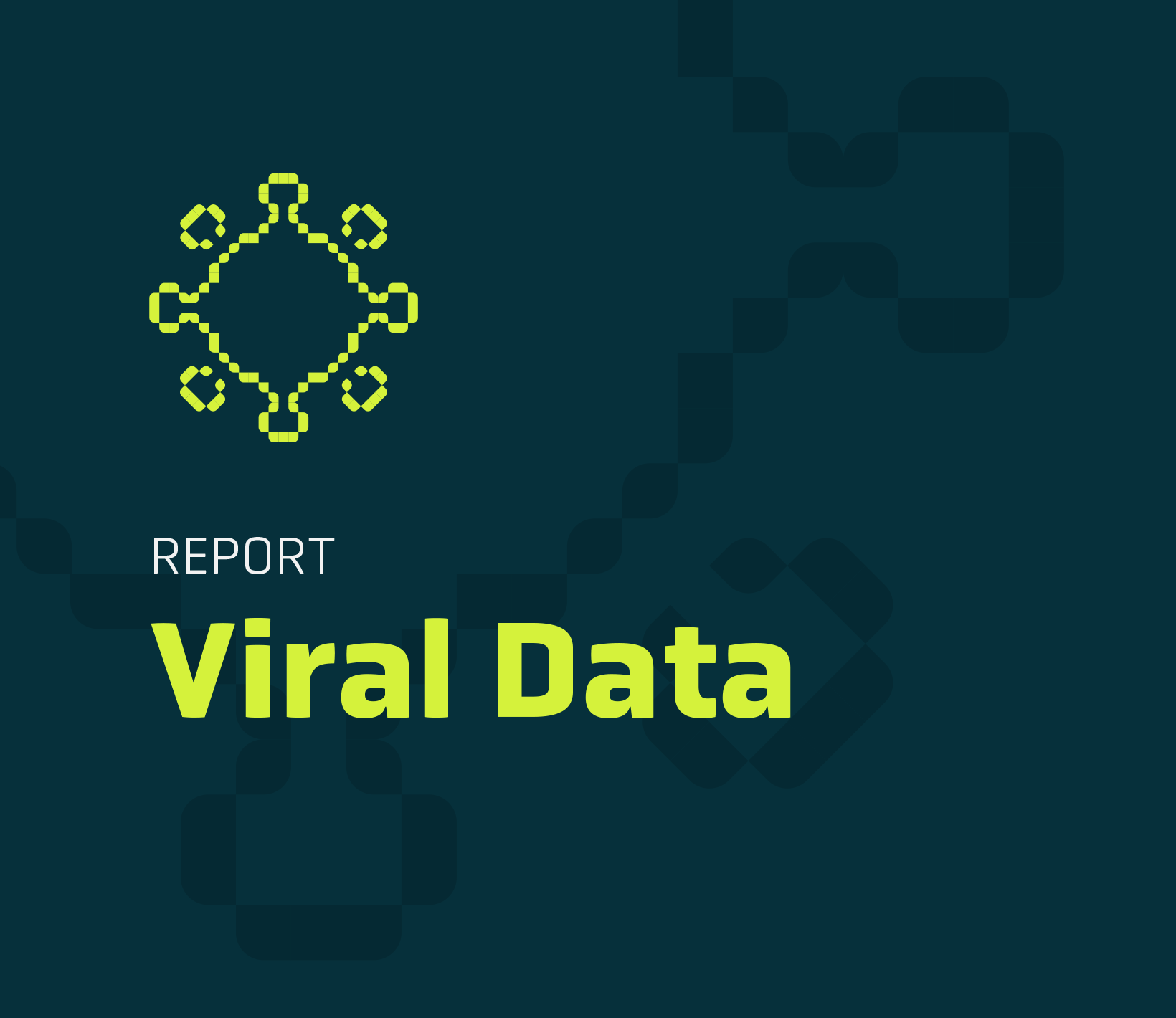The crisis caused by the new coronavirus brought a series of challenges to the public sector
In Brazil, different spheres of the government developed and acquired technologies to decrease the risks and damages related to COVID-19. Online applications, artificial intelligence, cameras equipped with multiple functions and data banks were used in all parts of the national territory to monitor the development of the pandemic and avoid more infections. On the other hand, there is little transparency about how these technological solutions work and what are the potential impacts regarding privacy and the security of citizens. In light of this, Data Privacy Brasil Research Association created the project Viral Data aiming to map out digital technologies based on the use of personal data that were adopted during the period of public calamity, gathering information from a wide, fragmented and multifaceted set of public initiatives.
The results present a general panorama of technologies used, locations and scope, players involved in the arrangements with the public sector and the main functionalities associated with the technologies. The main discoveries are shown below:
The technologies mapped out were adopted by municipality, state and federal governments. The results point to 253 initiatives to fight COVID-19 involving the use of personal data based technology. This cases are distributed in:
→ 24 states, corresponding to 100 technologies adopted
→ 77 municipalities, with 131 technologies adopted.
→ 22 products with national reach adopted by the Union or other federal units.
To access the complete results of the research, the adopted methodology and a more in depth analysis, check the report Viral Data: the COVID-19 legacy on technology acquisitions by the Public Sector in Brazil.
